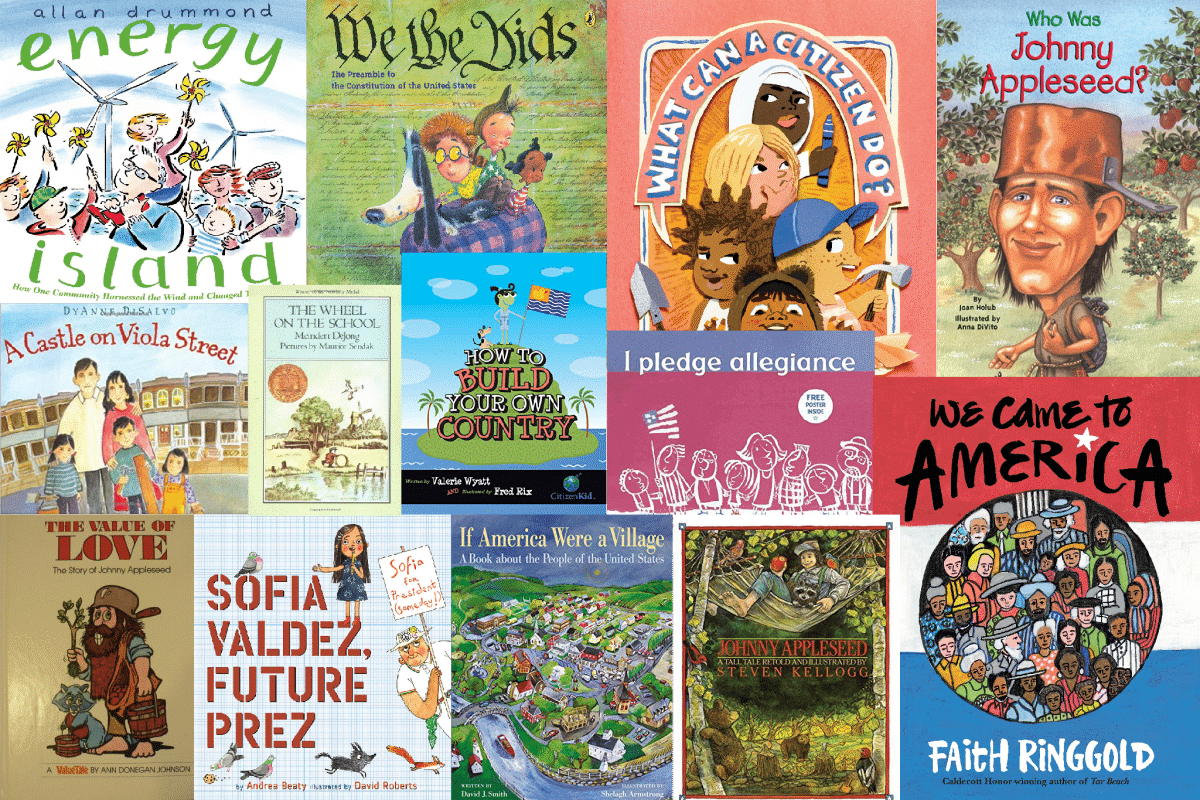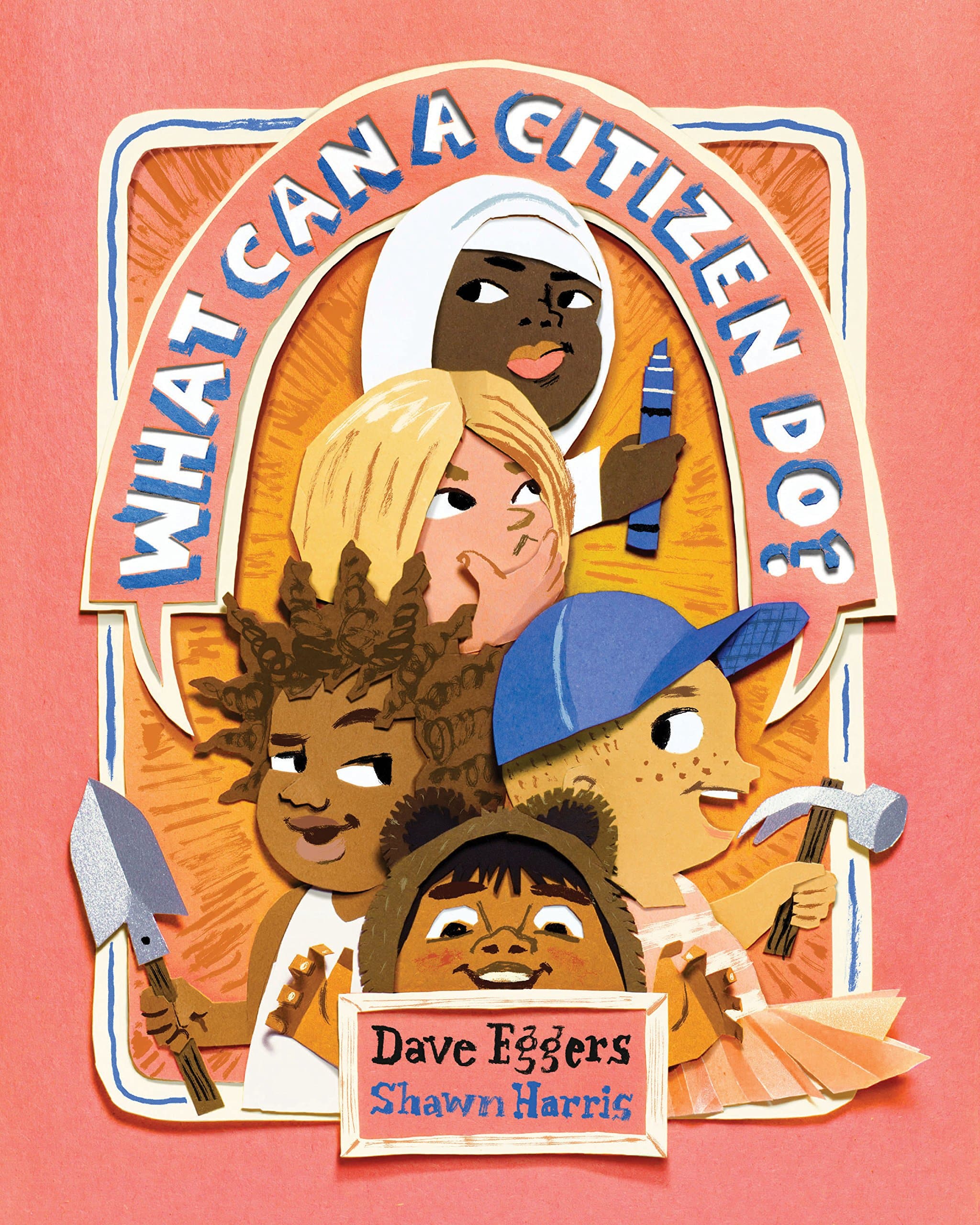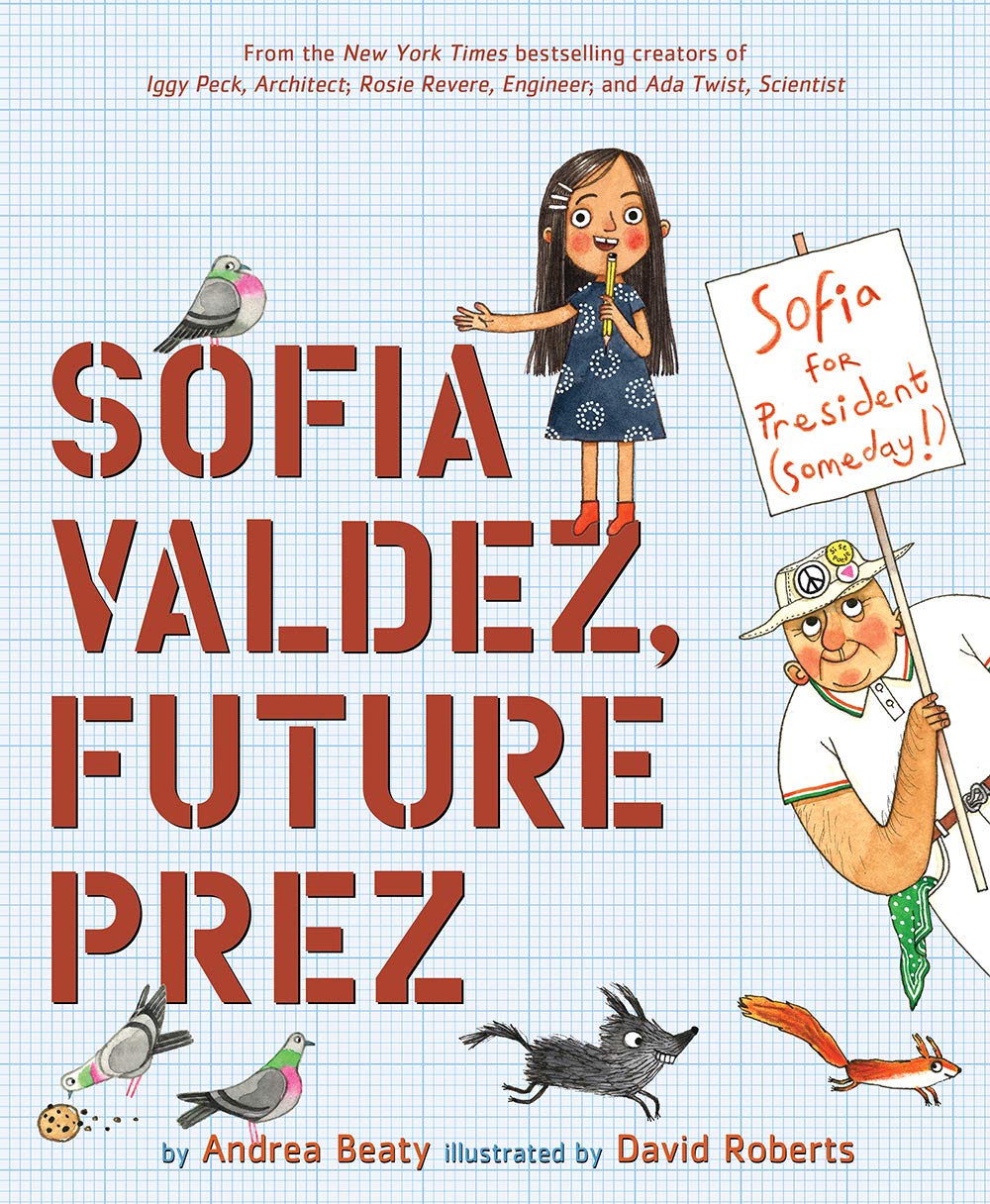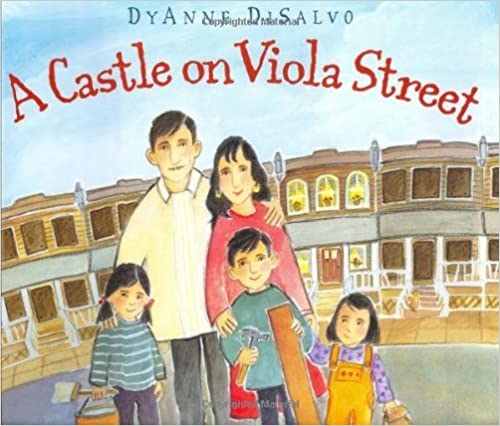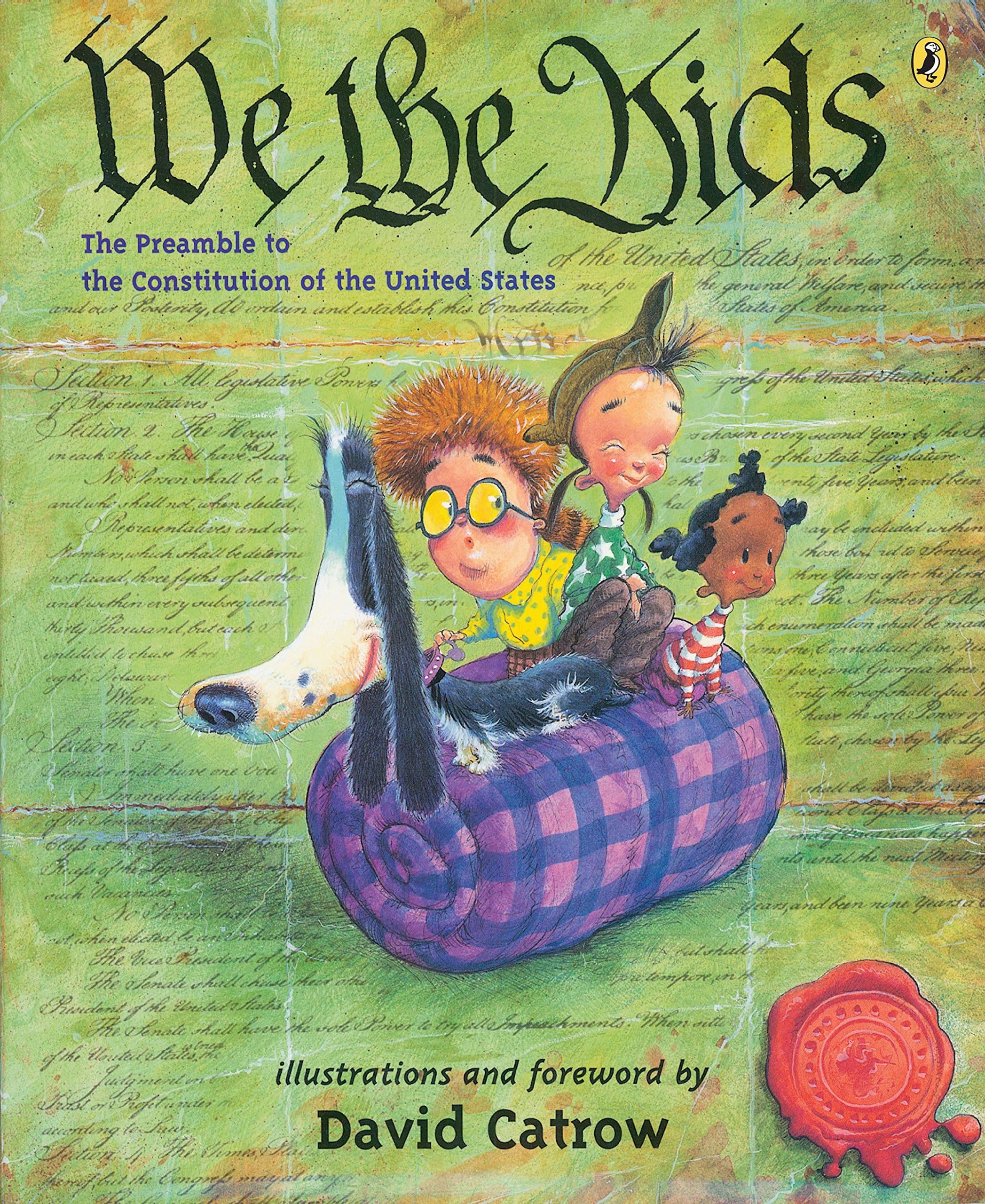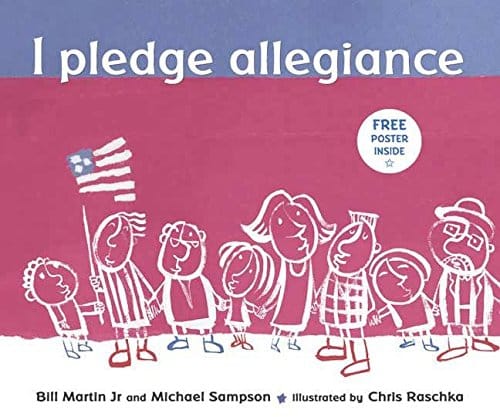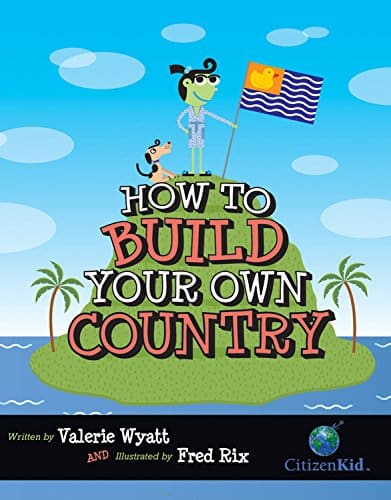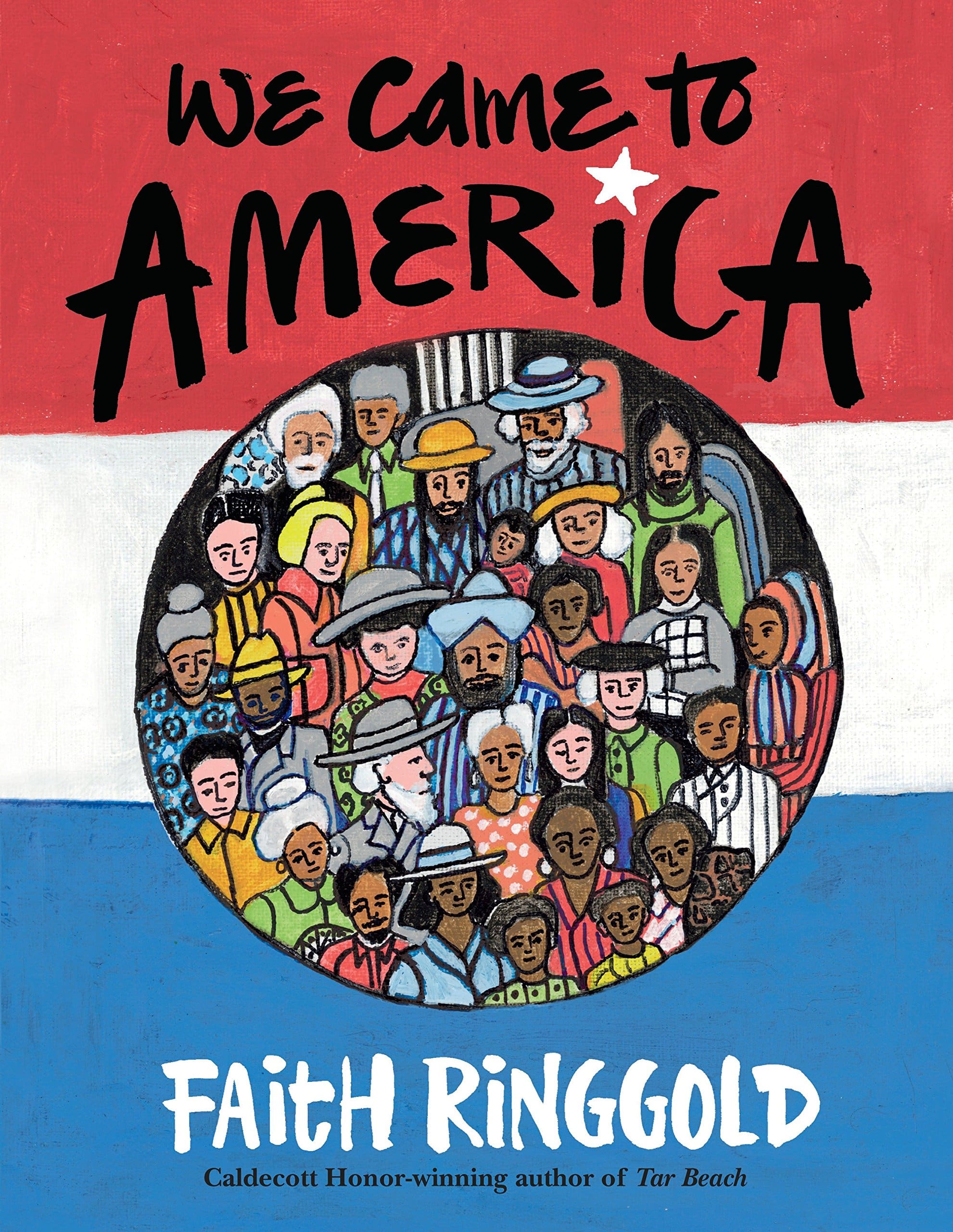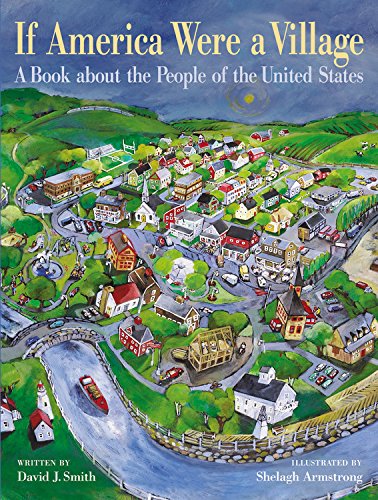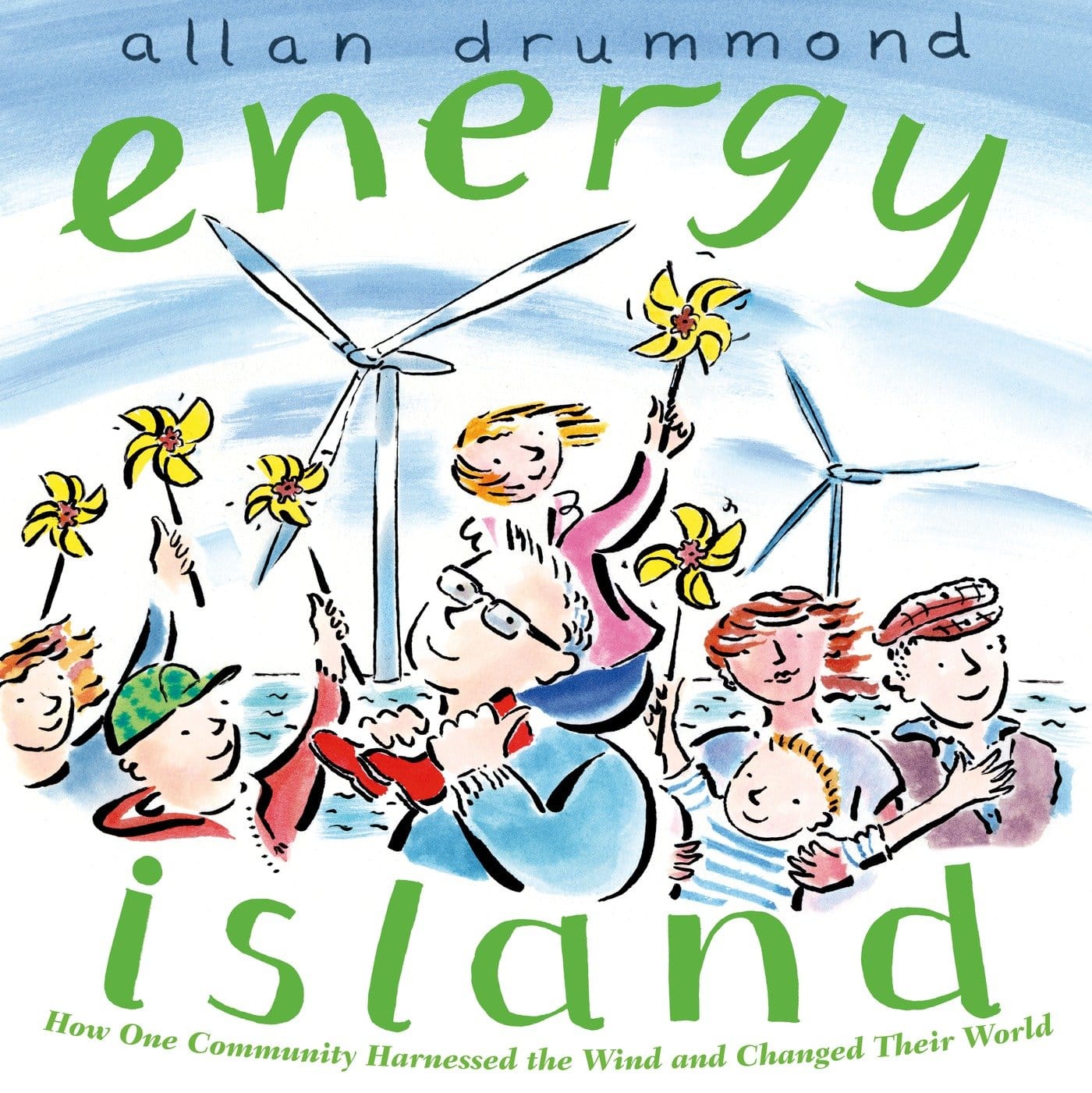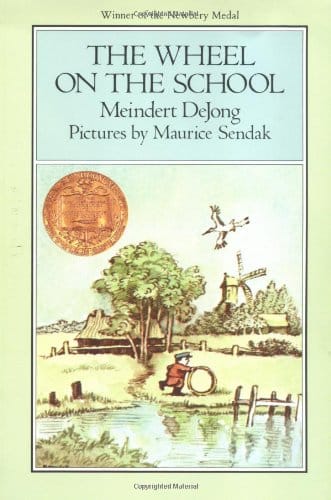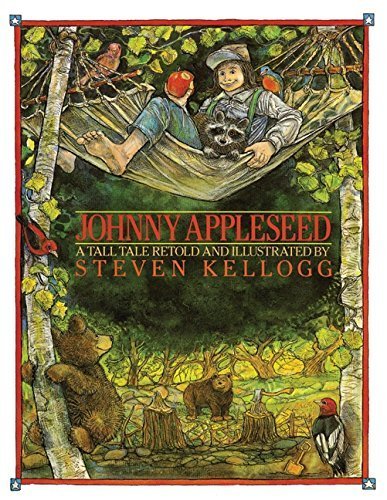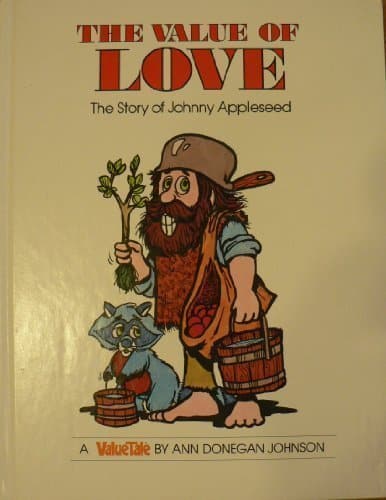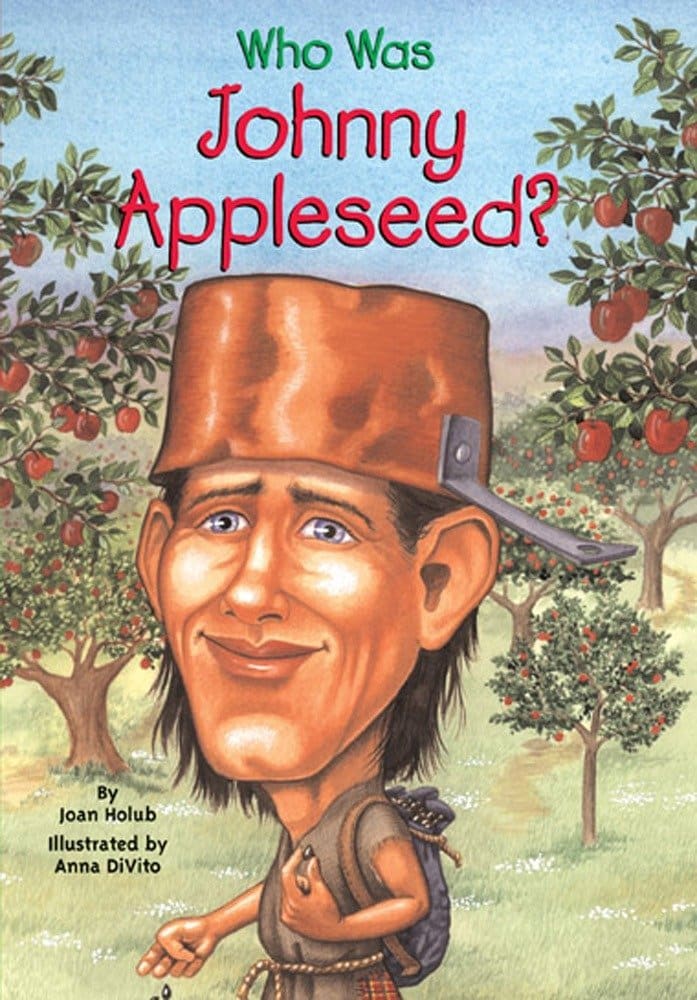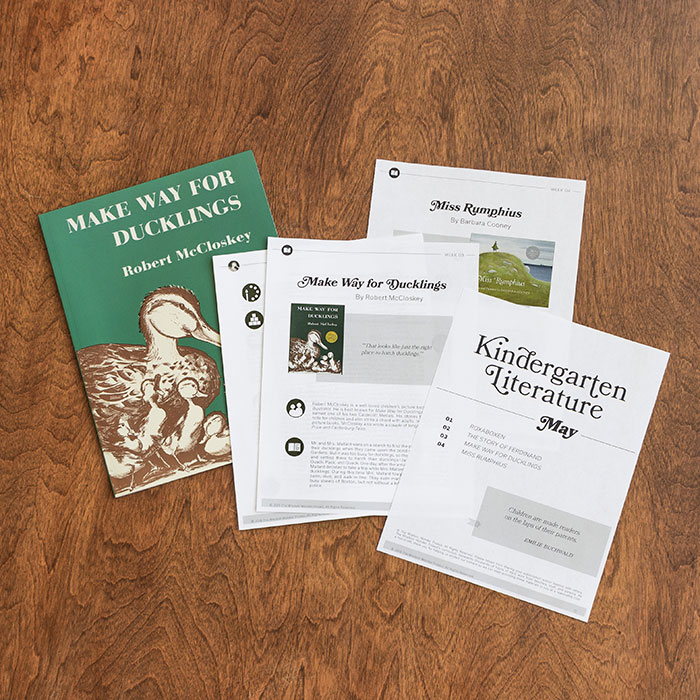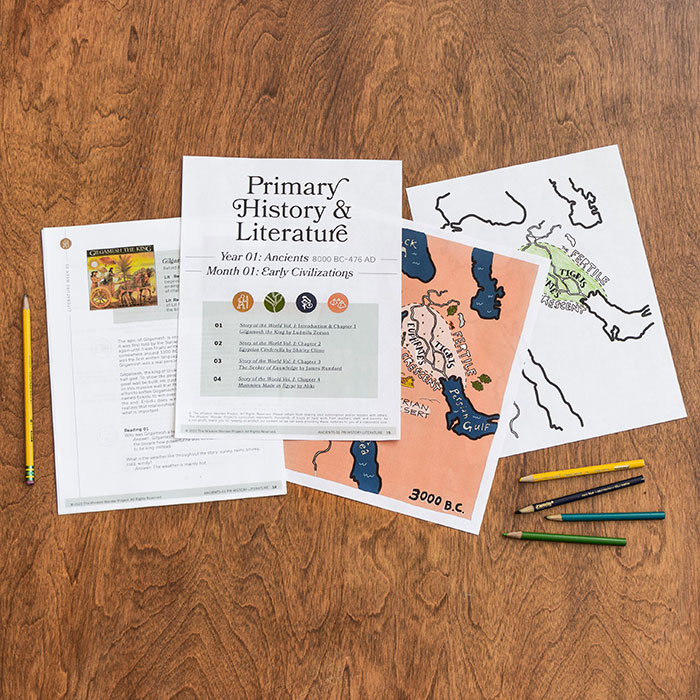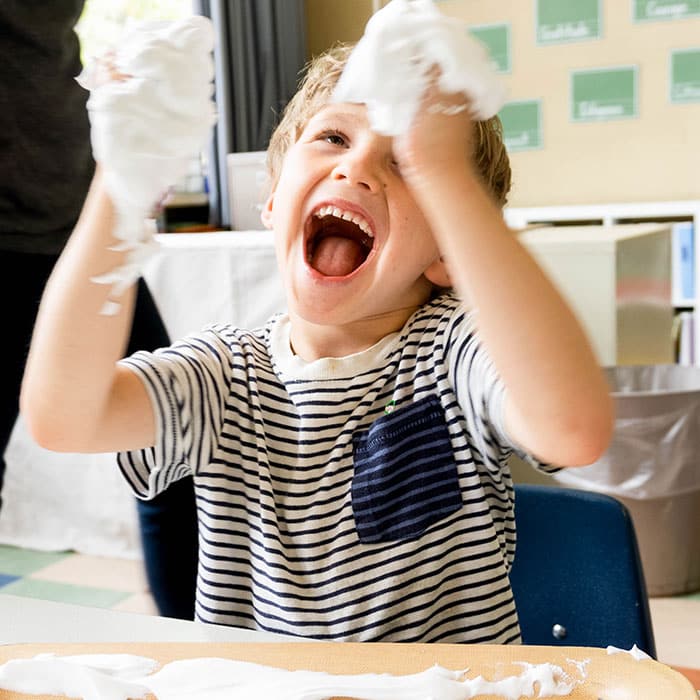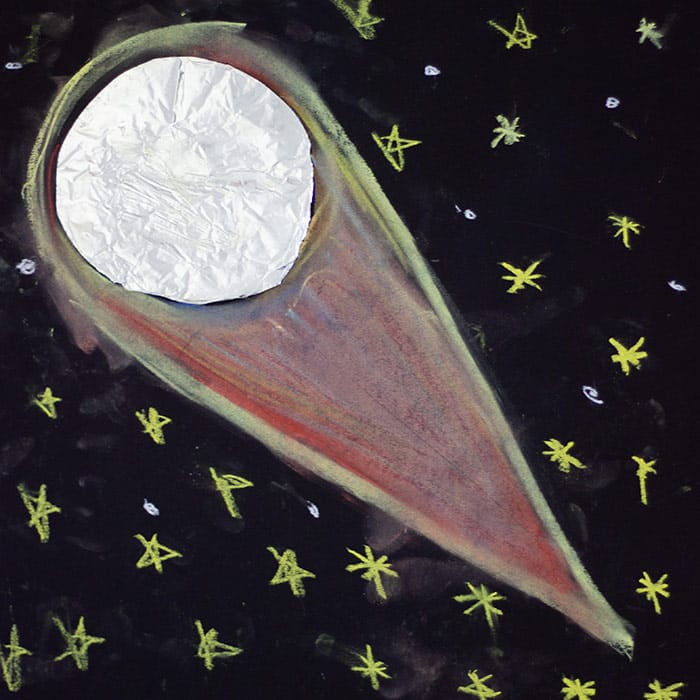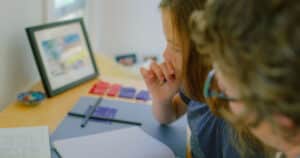“Never doubt that a small group of thoughtful, committed citizens can change the world; indeed, it’s the only thing that ever has.”
— Margaret Mead
CITIZENSHIP: Recognizing one’s place in the greater communities (family, school, local and country) through active service and respectful devotion to the community’s members, values and standards.
Catch phrase: Everyone counts.
This month’s character trait is Citizenship. A couple of years ago, when I first wrote about this topic, I thought of that moment, decades before, when I stood in a large room with other foreign citizens, holding our small American flag in hand, taking our oath of allegiance to the United States of America. Being granted citizenship to this amazing country is still one of my most memorable moments so far and a privilege I do not take for granted.
I also thought about what’s beyond patriotism and obeying laws. Citizenship is also about cooperating with others, being a good neighbor, respecting authority, and taking care of the environment. It is about getting involved and doing our part to make our community better. Whether it’s in our homes, for our country or our planet, everyone counts.
Thinking about this topic now, during the unprecedented time we’re in, sheds new light on this noun, Citizenship. Perhaps we should refer to the word Citizenship as a verb?? Because citizenship involves action. Citizenship isn’t easy. Citizenship is hard work, commitment, a willingness to live in harmony with others, even amidst a variety of differences and disagreements. It’s those differences that shine the light on what we share in common. I love our Country, in spite of its history of flaws. I don’t agree with everything in our history or our present, but I believe it’s worth fighting for. The Wisdom Wonder Project and our local school community are no different. We aren’t perfect, our leadership isn’t perfect, our methods aren’t perfect and we don’t all agree all the time. But what we have in common is that we love our children, families, communities and each other and that drives us to continue on together. That, to me, is citizenship.
How do you see Citizenship? We encourage you to continue having those conversations. Ask each other, ask your kids, what are their thoughts? Perhaps you’ll find the books here helpful as you navigate another unparalleled and equally influential time in our history.
What Can a Citizen Do? By Dave Eggers
Rhyming text explores citizenship, showing readers how seemingly unrelated actions, such as planting a tree or building a bridge, create community.
Sofia Valdez, Future Prez, by Andrea Beaty; illustrated by David Roberts
From the author of Iggy Peck, Architect and Rosie Revere, Engineer. Abuelo walks Sofia to school each morning—until the day he hurts his ankle at a local landfill. Sofia misses his company and wonders what she can do about the hazards of Mount Trashmore. She has a brilliant idea: the town should turn the slimy mess into a park! She brainstorms, plans, and works up the courage to take her plan to City Hall. When a clerk tells her she can’t build a park because she’s just a kid, Sofia sets out to prove what one kid can do.
A Castle on Viola Street, by DyAnne DiSalvo
Andy and his family live in a cramped apartment and dream of having their own home. One day at the Laundromat, Andy and his sister see a flyer for a Habitat for Humanity project across the street. Before long, the whole family is involved, volunteering to fix up homes for other needy families. This book highlights the work of Habitat for Humanity, and also shows what happens when people come together and serve their communities. Viola Street used to full of dilapidated buildings and residents doubted that anything could change. By the end of the book, “things were really changing on Viola Street.”
We the Kids: the Preamble to the Constitution of the United States, illustrated with a foreword by David Catrow
The words to the Preamble of the Constitution, with fun illustrations of three kids and a dog on a camping trip. You don’t have to be a grown-up to understand what the Preamble to the Constitution is all about!
I Pledge Allegiance: the Pledge of Allegiance, with commentary, by Bill Martin Jr and Michael Sampson
This engaging picture book, illustrated by Chris Raschka, helps young children move beyond reciting the pledge to a deeper understanding of the words. “Indivisible means unbreakable—our country cannot be split into separate parts. No matter how much we might disagree about some things, we all agree on one thing: we are strongest when we stick together and help each other out.”
How to Build Your Own Country, by Valerie Wyatt; illustrated by Fred Rix
This book invites young readers to imagine setting up their own country as a way of introducing the concepts of citizenship and politics. Covers the basics of building a nation, including topics like: starting a government, holding elections, making laws, writing a constitution, and keeping the peace. Also highlights events that have shaped countries throughout history.
We Came to America,by Faith Ringgold
This book celebrates United States immigration and the country’s diverse immigrant heritage, with beautiful illustrations by the artist Faith Ringgold.
If America Were a Village: a book about the people of the United States, by David J. Smith
By narrowing down the United States’ population to a village of one hundred people, this book offers up statistics about nationalities, families, religion, occupations, wealth, health, age, and energy use.
Energy Island: how one community harnessed the wind and changed their world, by Allan Drummond
The island of Samso in Denmark was once a very ordinary place. The only thing that made is unusual is that it was very, very windy. A few ordinary citizens decided to build wind turbines. And then others started their own energy projects. These ordinary citizens worked together so that now their island is energy independent and has reduced carbon emissions by 140%. They now call their home Energy Island.
The Wheel on the School, by Meindert DeJong
“Why do the storks no longer come to the little Dutch fishing village of Shora to nest? It was Lina, one of the six schoolchildren, who first asked the question, and she set the others to wondering. And sometimes when you begin to wonder, you begin to make things happen. So the children set out to bring the storks back to Shora. The force of their vision put the whole village to work until at last the dream began to come true” (publisher’s description). This classic novel, with charming illustrations by Maurice Sendak, won the Newbery Medal in 1955.
Johnny Appleseed provides us with an inspiring example of good citizenship. This wilderness folk hero was also a real historical figure, born John Chapman in Massachusetts during the Revolutionary War. John was a nature lover who set out for the frontier wilderness. He lived rough and traveled far—often barefoot. He cleared land and planted apple orchards across what would become the states of Ohio, Pennsylvania, and Indiana. Johnny befriended Native Americans and settlers alike and tried to live in harmony with all his fellow creatures. He had a knack for knowing where new settlers would come, and that’s where he would plant his orchards. When the pioneers arrived, they were eager to buy his apple saplings, to get a head start on growing their own apples to eat and cider to drink. If a settler couldn’t pay, Johnny would swap, or just give him a sapling for free. He helped the settlers to build cabins and roads, told stories, and shared his knowledge of the land.
Johnny Appleseed: a tall tale, by Steven Kellogg
The Value of Love: the story of Johnny Appleseed, by Ann Donegan Johnson
Who Was Johnny Appleseed? by Joan Holub
Want more resources? Read Teaching Character Through Literature: Citizenship Part II – Black American Culture and Character Counts: Citizenship.
